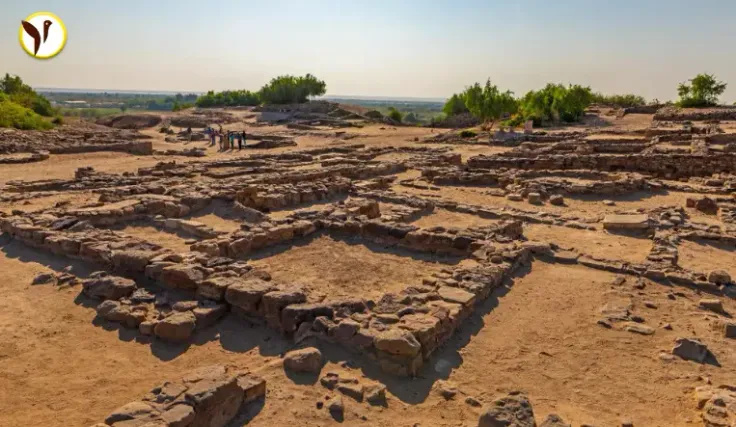In an unexpected turn of events, villagers from Kutch on a quest for hidden gold stumbled upon an ancient civilization, leading to the discovery of a Harappan site close to Dholavira, a renowned World Heritage Site. This remarkable find was made possible by the efforts of Ajay Yadav, a research scholar, and his professor, Damian Robinson, from the School of Archaeology at Oxford University, who played a pivotal role in investigating the site named Morodharo.
Morodharo, which translates to "less salty and potable water" in Gujarati, was initially disregarded as a mere rubble settlement. However, the persistent legends of a medieval fortress and treasure buried beneath Lodrani, a small village 51 kilometers from Dholavira, motivated locals to dig in search of riches about five years ago. What began as a treasure hunt soon transformed into a significant archaeological discovery when preliminary findings attracted professional archaeologists to take over.
The architectural elements of Morodharo closely resemble those found in Dholavira, suggesting a strong connection between the two sites. Excavations at Morodharo have unearthed a large collection of Harappan pottery, indicating that the site was a thriving settlement between 2600 BCE and 1300 BCE. This period spans the mature to late phases of the Harappan civilization.
Ajay Yadav highlighted the strategic importance of both Morodharo and Dholavira's reliance on the sea for navigation, suggesting that the area, now a desert, was once navigable. This discovery not only sheds light on the advanced urban planning and trade practices of the Harappan civilization but also emphasizes the significance of maritime connections in ancient times.
The uncovering of Morodharo marks a significant milestone in the study of India's ancient history, thanks to the initial curiosity and efforts of Lodrani's villagers. This discovery contributes to our understanding of the Harappan civilization, revealing the extent and complexity of one of the world's oldest urban cultures.







